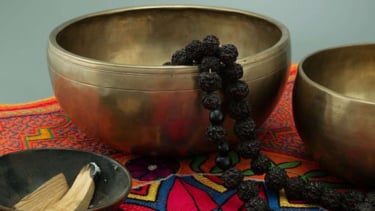Researchers Discover Curse Tablet: a Symbol of Jealousy in Old Days
- Pixabay
Jakarta – Researchers in northern Germany have discpvered a curse tablet, which is nothing short of symbol of love and jealousy in the old days.
The medieval "curse tablet" was found rolled up and "inconspicuous," hidden beneath a latrine at a construction site in Rostock, a coastal city where construction for a town hall building was underway.
Upon unrolling the package, they found a piece of metal, a small slab made of lead that had a handwritten message on it. The Gothic script, were words hard to see with the naked eye.
It read: "sathanas taleke belzebuk hinrik berith," which they've intercepted as a curse directed at a woman named Taleke and a certain Hinrik (Heinrich),"
Pelet Bentuk Tablet di Israel
- Istimewa
The curse they said was obviously supposed to be dealing with the devils Satan, Beelzebub and Berith.
Attempting to decipher the reason behind the summoning of devilish forces, the researchers postulate, "Did someone want to break up Taleke and Heinrich's relationship? Was this about spurned love and jealousy, should someone be put out of the way?"
Curse tablets, as the name suggests, were a means to curse or hex someone. The statement on the Rostock website says that even in ancient times, curse tablets were placed in locations where they were difficult or impossible to find.
"The cursed ones shouldn't find out about the impending disaster. The damaging magic could therefore unfold in peace," it said.
As per the excavation leader Dr. Jorg Ansorge "Curse tablets are actually known from ancient times in the Greek and Roman regions, i.e. from the period from 800 BC to 600 AD.
Our discovery, on the other hand, can be dated to the 15th century. This is really a very special find." Ansorge also said that similar finds from the Middle Ages were unknown.

































